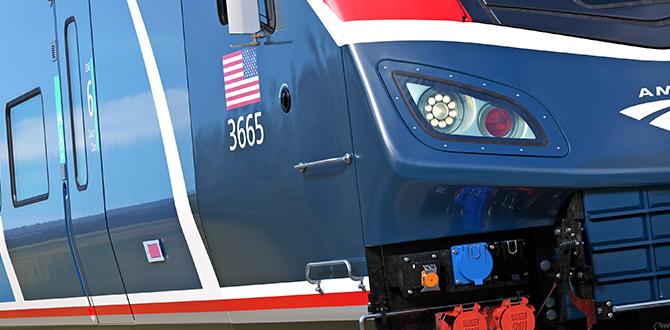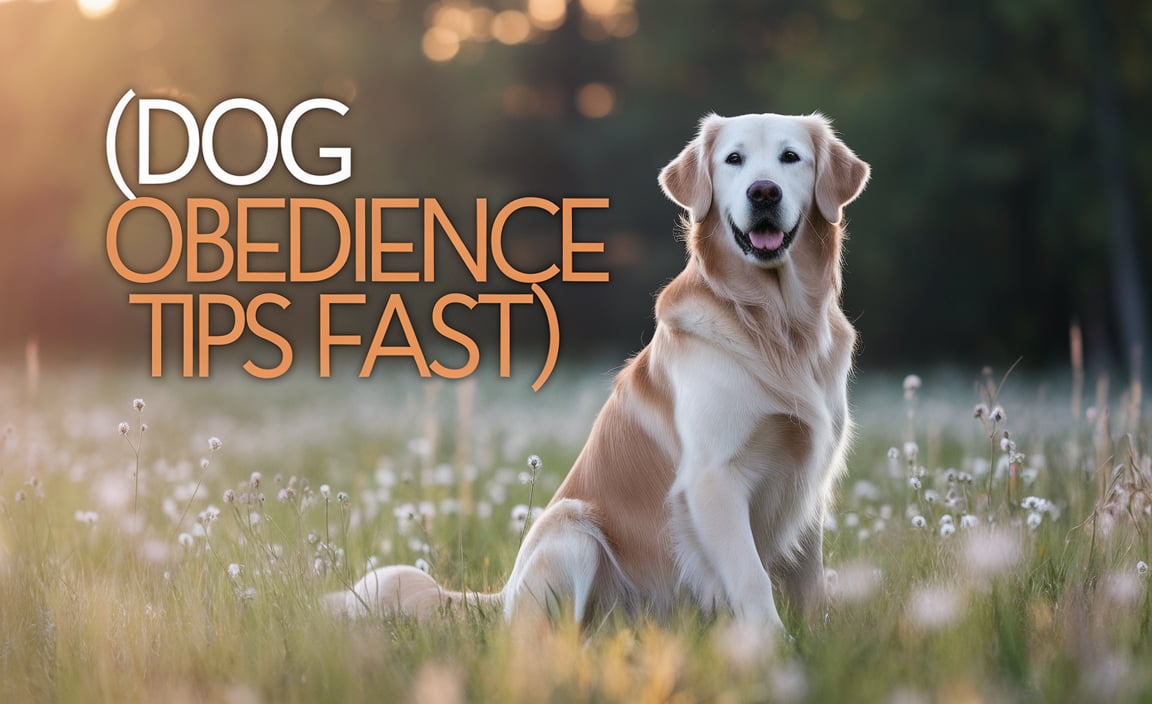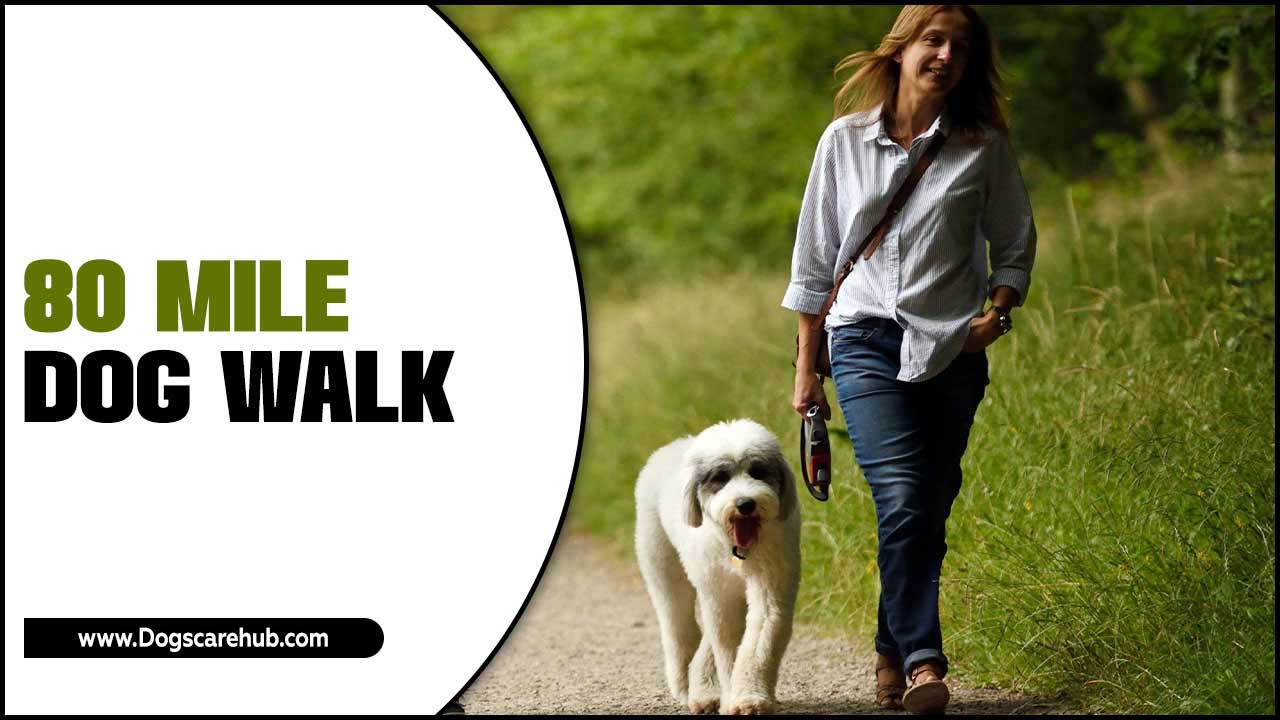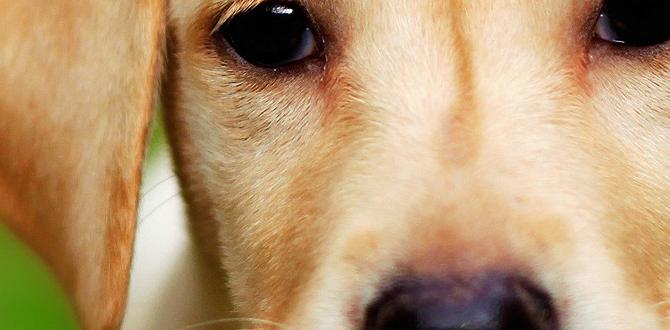Aggressive dog behavior solutions can be a daunting topic for any pet owner, but understanding the root causes and employing the right strategies can lead to a happier, more harmonious life with your canine companion. Dog aggression is a complex issue, often stemming from a combination of genetics, environment, past experiences, and underlying medical conditions. It’s crucial to approach this challenge with patience, consistency, and a commitment to positive reinforcement methods.
The first step in addressing aggression is to accurately identify its type and triggers. Is it resource guarding, fear-based aggression, territoriality, pet-to-pet aggression, or something else entirely? Observing your dog’s body language – growling, lunging, baring teeth, stiffening, or excessive whining – is key. Once the triggers are understood, you can begin to implement targeted aggressive dog behavior solutions.
Understanding the Causes of Aggression
Before diving into solutions, it’s imperative to understand why dogs exhibit aggressive behavior. Several factors can contribute:
Fear and Anxiety: Many aggressive outbursts are rooted in fear. A dog that feels threatened or cornered may lash out defensively. This can be due to past trauma, lack of socialization, or simply encountering something new and intimidating.
Resource Guarding: This is a common form of aggression where dogs become possessive of valuable items, such as food, toys, or even their favorite people. They may growl, snap, or bite to prevent others from approaching their “resources.”
Territoriality: Dogs have a natural instinct to protect their perceived territory, which can include their home, yard, or even their owner. This can manifest as barking, growling, or lunging at perceived intruders (mail carriers, other dogs, or strangers).
Pain or Medical Issues: Unexplained aggression can sometimes be a sign of underlying pain or a medical condition. A sudden change in behavior warrants a veterinary check-up to rule out any health concerns.
Frustration and Redirected Aggression: When a dog is highly frustrated, perhaps by being unable to reach a lure or another dog, they might redirect that aggression towards a readily available target, like a nearby person or another pet.
Genetics and Breed Predispositions: While not a sole determinant, certain breeds may have predispositions towards guarding or alertness, which, if not managed, can contribute to aggressive tendencies.
Effective Aggressive Dog Behavior Solutions
Once the cause is identified, a multi-faceted approach is often the most effective. This typically involves a combination of behavior modification, environmental management, and, in some cases, professional guidance.
Professional Help for Aggressive Dog Behavior Solutions
For severe or persistent aggression, consulting a professional is highly recommended. Look for a certified applied animal behaviorist (CAAB), a veterinary behaviorist (DACVB), or a certified professional dog trainer (CPDT-KA) with experience in aggression cases. These professionals can:
Diagnose the specific type and cause of aggression.
Develop a personalized behavior modification plan.
Provide ongoing support and guidance.
Ensure the safety of both the dog and the people around them.
It’s crucial to avoid trainers who advocate for punitive or aversive methods, as these can exacerbate fear and anxiety, leading to further aggression.
Environmental Management and Prevention
While working on behavior modification, it’s essential to manage the dog’s environment to prevent incidents. This is a critical part of any aggressive dog behavior solutions strategy.
Identify and Avoid Triggers: If you know your dog is aggressive towards strangers approaching their food bowl, ensure that no one approaches them while they are eating.
Use Leashes and Muzzles (When Necessary): For dogs who are reactive on walks, a properly fitted muzzle can provide safety and peace of mind. A sturdy leash is essential for control.
Create Safe Spaces: Provide your dog with a den-like area where they can retreat and feel secure, free from disturbances.
Supervise Interactions: Never leave dogs unsupervised, especially if there’s a history of aggression with other pets or children.
Behavior Modification Techniques
Positive reinforcement is the cornerstone of successful behavior modification. The goal is to change the dog’s emotional response to the trigger and teach them alternative, desirable behaviors.
Desensitization and Counter-Conditioning (DSCC): This involves gradually exposing the dog to the trigger at a low intensity where they don’t react, while pairing it with positive reinforcement (treats, praise). For example, for a dog fearful of strangers, start by having a stranger at a significant distance, rewarding the dog for calm behavior. Slowly decrease the distance as the dog becomes more comfortable.
Teaching Impulse Control: Exercises that teach a dog to control their impulses, such as “leave it” or “stay,” can be very beneficial. This helps them learn self-control and to think before reacting.
Redirection: When you anticipate an aggressive response, redirect your dog’s attention to a more appropriate behavior or object. For instance, if your dog starts to show signs of resource guarding, you might toss a high-value toy elsewhere to distract them.
Socialization (Carefully Managed): For dogs with mild fear or reactivity issues, controlled and positive social interactions can help build confidence. This should be done with carefully chosen, calm dogs and in a controlled environment.
Long-Term Commitment to Aggressive Dog Behavior Solutions
It’s important to understand that resolving aggression is often a journey, not a destination. There may be setbacks, and consistency is key. Celebrate small victories and remain patient. By understanding the cause of aggression and implementing the right aggressive dog behavior solutions with a commitment to positive methods, you can help your dog overcome these challenges and build a stronger, more trusting relationship. Remember, an aggressive dog is not a “bad” dog; they are a dog who is struggling and needs guidance and support.
Meet Elyse Colburn, the devoted canine companion and storyteller behind the enchanting world of “Tales, Tails, and Adventures Unleashed.” A passionate dog enthusiast with a heart full of paw prints, Elyse Colburn shares heartwarming tales and insightful adventures, celebrating the joy, loyalty, and endless antics that make every dog a true hero. Join Elyse Colburn on this tail-wagging journey, where every post is a love letter to our four-legged friends.





